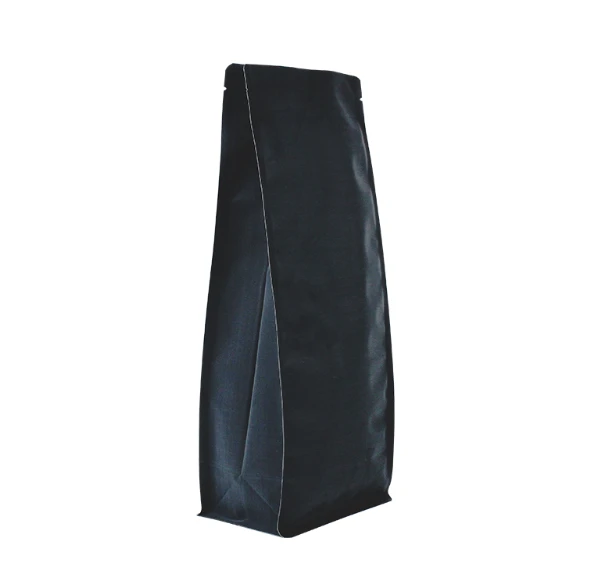- Afrikaans
- Albanian
- Amharic
- Arabic
- Armenian
- Azerbaijani
- Basque
- Belarusian
- Bengali
- Bosnian
- Bulgarian
- Catalan
- Cebuano
- chinese_simplified
- chinese_traditional
- Corsican
- Croatian
- Czech
- Danish
- Dutch
- English
- Esperanto
- Estonian
- Finnish
- French
- Frisian
- Galician
- Georgian
- German
- Greek
- Gujarati
- haitian_creole
- hausa
- hawaiian
- Hebrew
- Hindi
- Miao
- Hungarian
- Icelandic
- igbo
- Indonesian
- irish
- Italian
- Japanese
- Javanese
- Kannada
- kazakh
- Khmer
- Rwandese
- Korean
- Kurdish
- Kyrgyz
- Lao
- Latin
- Latvian
- Lithuanian
- Luxembourgish
- Macedonian
- Malgashi
- Malay
- Malayalam
- Maltese
- Maori
- Marathi
- Mongolian
- Myanmar
- Nepali
- Norwegian
- Norwegian
- Occitan
- Pashto
- Persian
- Polish
- Portuguese
- Punjabi
- Romanian
- Russian
- Samoan
- scottish-gaelic
- Serbian
- Sesotho
- Shona
- Sindhi
- Sinhala
- Slovak
- Slovenian
- Somali
- Spanish
- Sundanese
- Swahili
- Swedish
- Tagalog
- Tajik
- Tamil
- Tatar
- Telugu
- Thai
- Turkish
- Turkmen
- Ukrainian
- Urdu
- Uighur
- Uzbek
- Vietnamese
- Welsh
- Bantu
- Yiddish
- Yoruba
- Zulu
how to cut polyurethane foam
How to Cut Polyurethane Foam A Comprehensive Guide
Polyurethane foam is a versatile material widely used in various applications, from furniture cushioning to insulation and soundproofing. Its ability to be molded and shaped has made it a favorite among DIY enthusiasts and professionals alike. However, cutting polyurethane foam can be somewhat tricky without the right techniques and tools. This article provides a step-by-step guide on how to effectively cut polyurethane foam.
Tools You Will Need
Before starting, gather the following tools 1. Utility Knife or Electric Knife A sharp utility knife or an electric carving knife works best for clean cuts. 2. Ruler or Straightedge This will help ensure your cuts are straight and precise. 3. Cutting Mat or Board A protective surface will prevent damage to your work area. 4. Marker or Chalk Use this to mark your cutting lines clearly. 5. Safety Gear Always wear safety goggles and a face mask to protect against foam particles.
Step-by-Step Cutting Process
1. Measure and Mark Begin by measuring the dimensions of the foam you need. Use a ruler to mark the cutting lines on the foam with a marker or chalk. Ensure that your markings are clear and straight. If you’re cutting a complex shape, sketch your design first.
2. Select the Right Blade Depending on the thickness of the foam, choose an appropriate blade. For thick foam, an electric knife is more effective, while a utility knife may suffice for thinner foam.
3. Set Up Your Workspace Lay down the cutting mat or board. Ensure that your workspace is well-lit and organized to avoid accidents while cutting.
how to cut polyurethane foam

4. Start Cutting Align your cutting tool with the marked line. For a utility knife, apply gentle pressure and cut slowly to avoid tearing. If using an electric knife, let the saw do the work without forcing it through. Follow the marked lines closely to maintain accuracy.
5. Use Multiple Cuts for Thick Foam If you are cutting thick polyurethane foam, make several passes with the knife. This method helps achieve a cleaner finish and prevents excessive tearing. Cut just a little deeper with each pass until you reach the desired depth.
6. Trim Edges After the initial cut, examine the edges for any rough spots. Use the utility knife to trim these areas for a smoother finish.
7. Clean Up Once you’ve finished cutting, clean up any foam debris. The particles can be quite small and messy, so be sure to vacuum or sweep the area thoroughly.
Tips for Best Results
- Experiment on Scraps If you’re new to cutting foam, practice on scrap pieces first to get a feel for how the material behaves and how best to control your cutting tool. - Work Slowly Rushing can lead to mistakes or uneven cuts. Take your time to ensure the best results. - Consider Foam Density Different densities of polyurethane foam may require different cutting techniques. Softer foam is easier to cut but can tear easily, while denser foam may need more effort.
Conclusion
Cutting polyurethane foam doesn't have to be a daunting task. By following these guidelines and using the right tools, you can achieve clean, precise cuts for your projects. Whether for home décor, crafts, or insulation, knowing how to cut foam properly will enhance your DIY experience and lead to professional-looking results. Happy cutting!













